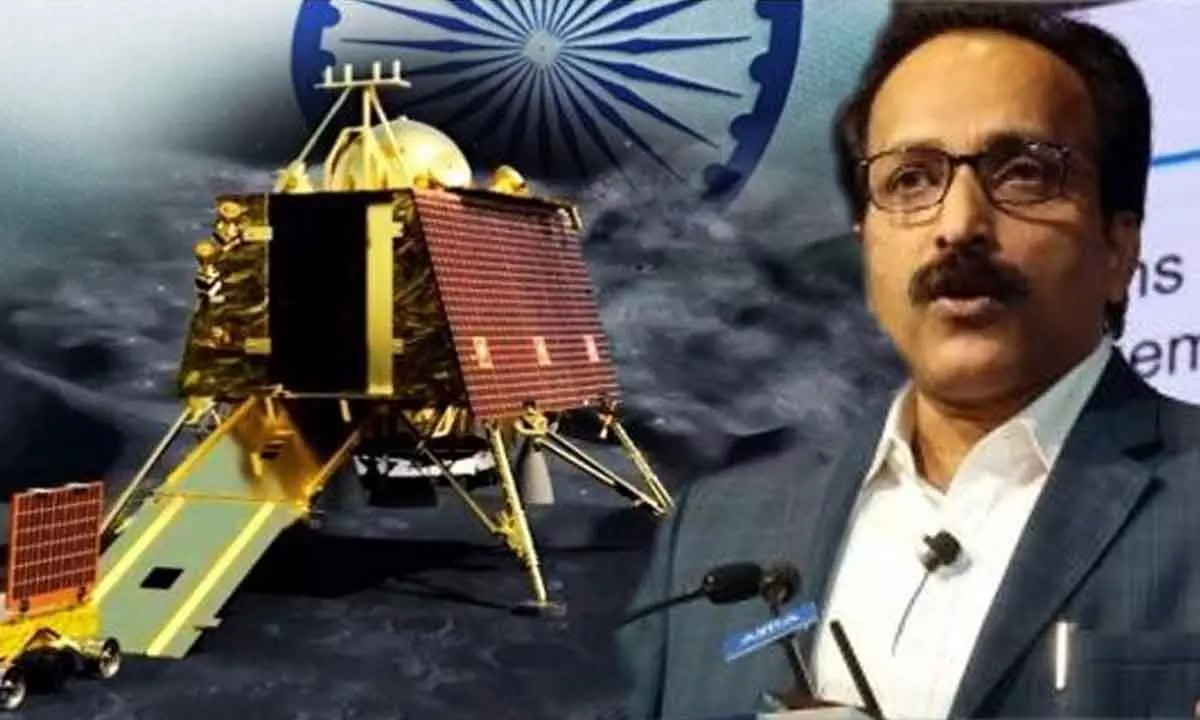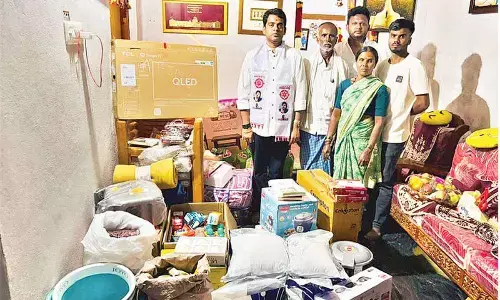ISRO to continue lunar mission until an Indian lands on Moon

Gaganyaan airdrop test on April 24: ISRO chief Somnath
Ahmedabad: The Indian Space Research Organisation (ISRO) will continue its Chandrayaan series of lunar probes until an astronaut from the country lands on the Moon, said ISRO Chairman S Somanath on Wednesday.
Last August, the premier space agency’s Chandrayaan-3 spacecraft made a soft landing on the south pole of the lunar surface, making India the first country to achieve the feat.
“Chandrayaan 3 has done very well. Data has been collected and scientific publication has just started. Now, we want to continue the Chandrayaan series till an Indian lands on the Moon. Before that, we have to master many technologies, such as going there and coming back. That we are trying to do in the next mission,” he told reporters on the sidelines of an event.
Somnath was in Ahmedabad as the chief guest of a programme organised by the Astronautical Society of India.
About India’s first-ever human space flight mission, Gaganyaan, Somanath said ISRO will carry out an uncrewed mission, a test vehicle flight mission and an airdrop test this year. “The airdrop test will happen on April 24. Then two more uncrewed missions will happen next year and then the manned mission, if everything goes well, by the end of next year,” the ISRO chairman said.
The Gaganyaan project envisages the demonstration of human spaceflight capability by launching a crew of 3 members to an orbit of 400 km for a 3-day mission and bringing them back safely to Earth, by landing in Indian sea waters. On ISRO’s newly developed Carbon-Carbon (C-C) nozzle for rocket engines, he said it will improve payload capacity for being lightweight and it will be installed in the Polar Satellite Launch Vehicle or PSLV.
“This is the technology we wanted to develop over the past many years. Now we have mastered it, built it and then tested it in the engine. It’s a Carbon-Carbon nozzle. It gives us a weight advantage in comparison to metal and it also allows us to operate at higher temperatures. Reduction in weight improves the efficiency of engine and payload capacity. We are going to put it in PSLV,” he said.



















